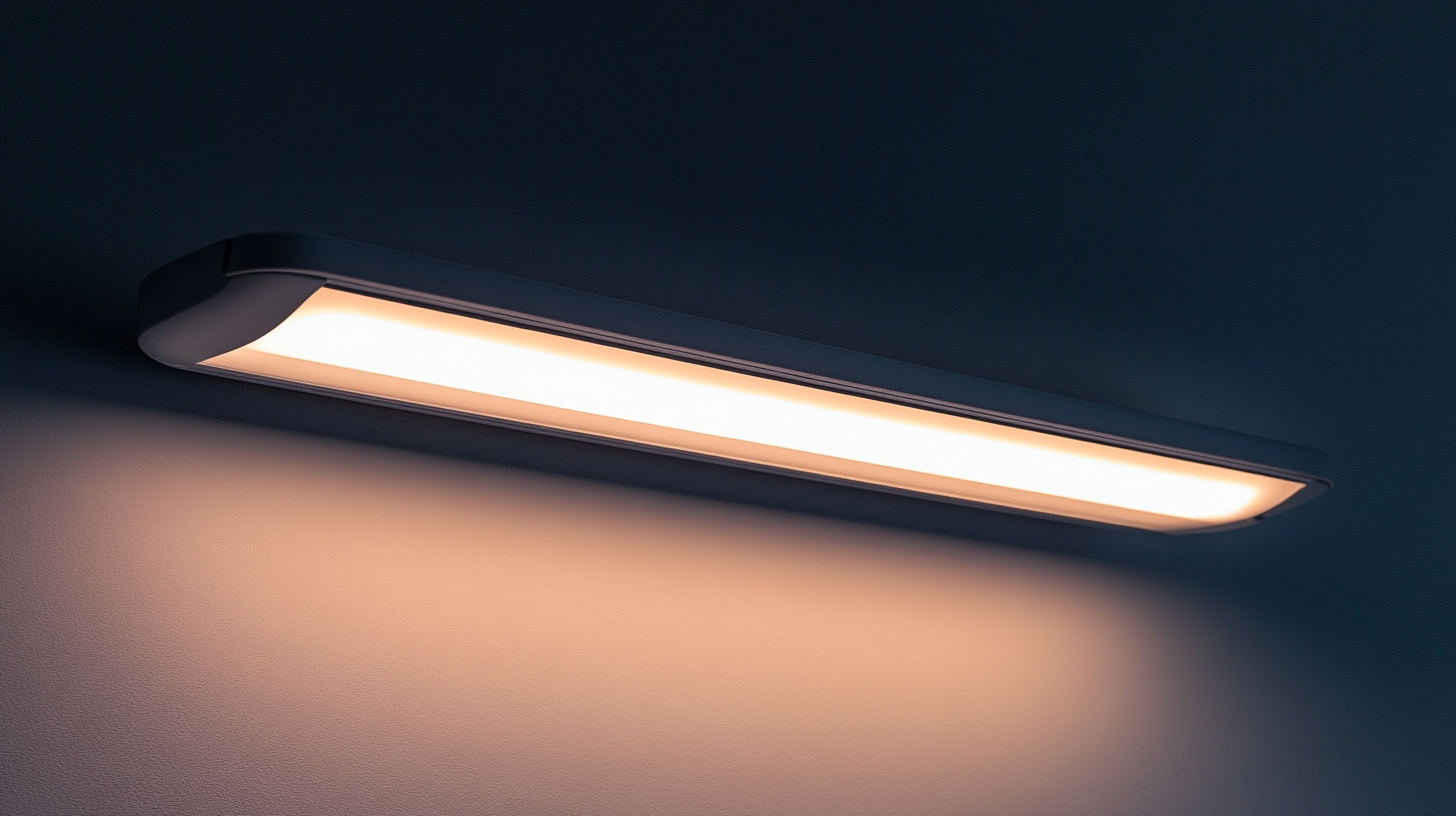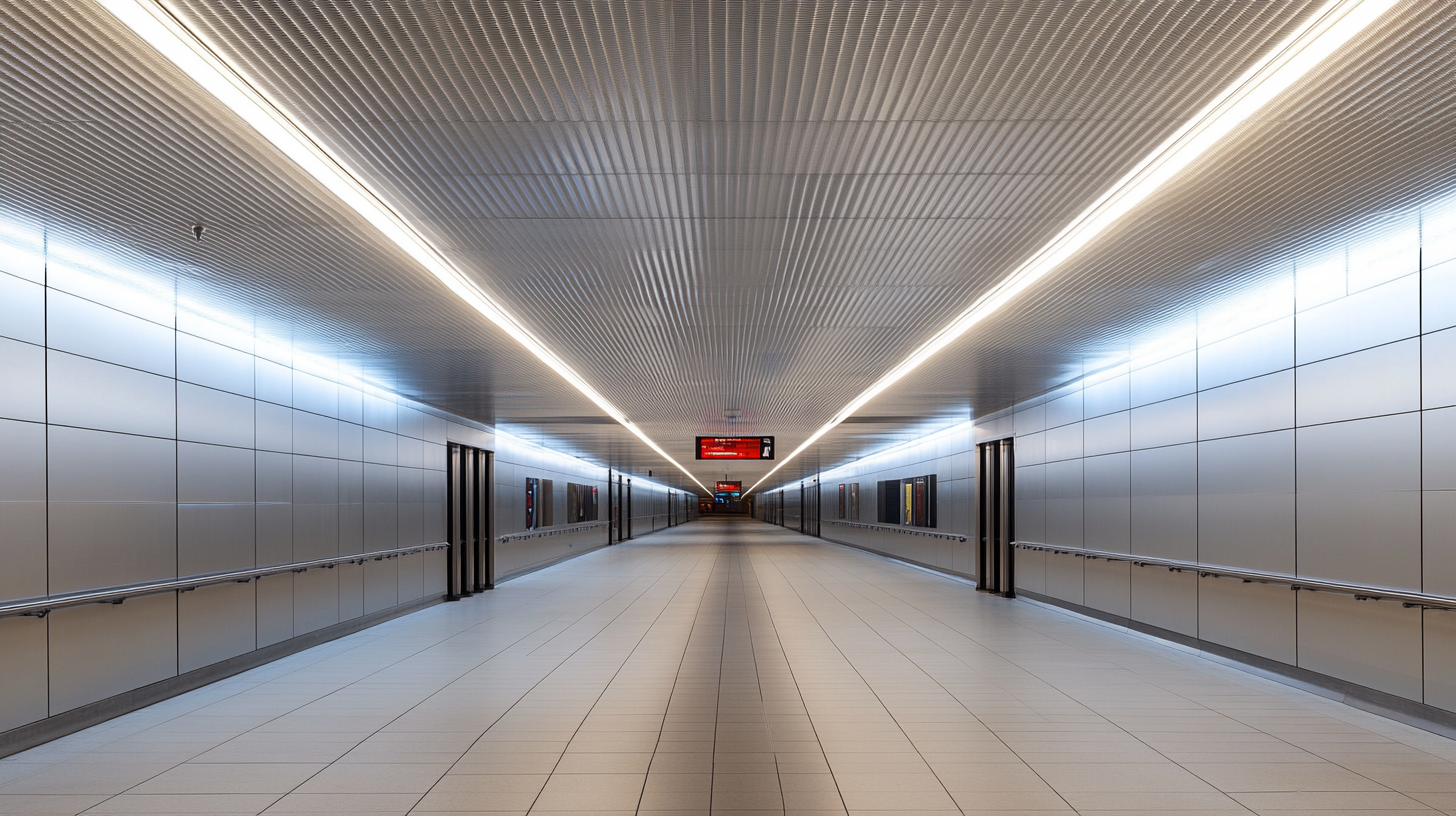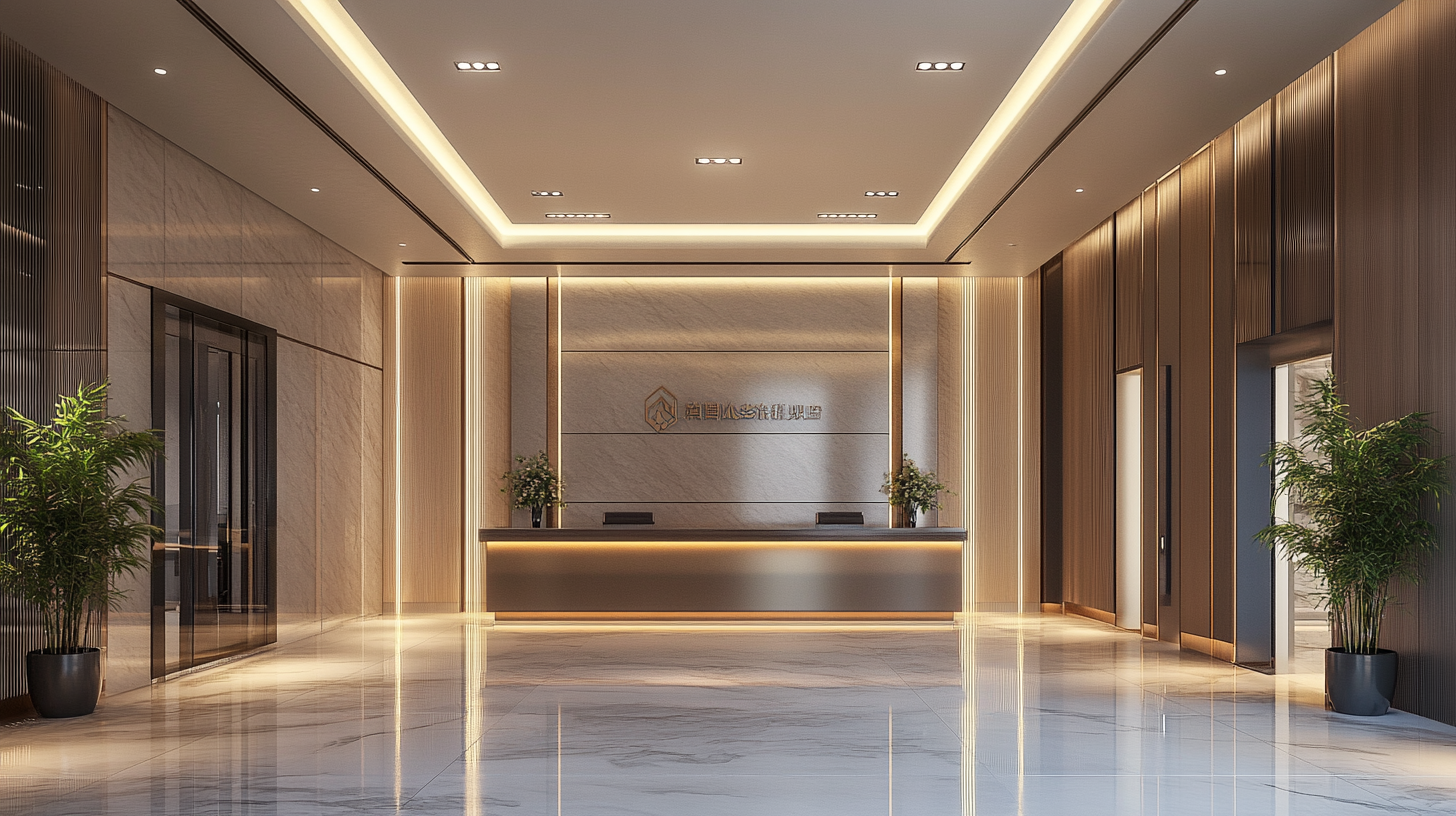Innovative Solutions for Your LED Exit Light Needs
The demand for LED exit lights has surged in recent years, fueled by their energy efficiency and long lifespan. According to a report by the U.S. Department of Energy, solid-state lighting, which includes LED technology, is projected to account for more than 80% of the lighting market by 2040. This shift not only underscores the growing reliance on LED fixtures for commercial and industrial applications but also highlights their critical role in enhancing safety during emergencies. As businesses and organizations aim to comply with stringent safety regulations, the need for reliable and effective LED exit lights has never been more paramount.
In addition to regulatory compliance, the economic benefits of LED exit lights are significant. A study by the Pacific Northwest National Laboratory found that switching to LED lighting can yield energy savings of up to 80% compared to traditional incandescent exit signs. These savings contribute to lower operational costs and a more sustainable approach to facility management. As we explore innovative solutions for your LED exit light needs, it is essential to consider not only the technological advancements but also the tangible benefits they bring to safety and energy efficiency in various settings.

Emerging Trends in LED Exit Lighting Technology and Their Industry Impact
The landscape of LED exit lighting technology is evolving rapidly, propelled by innovations that not only enhance functionality but also improve safety and energy efficiency. One of the most notable trends is the integration of smart technology into exit lights. These advanced systems can communicate with centralized building management systems, allowing for real-time monitoring of battery performance and light output. This capability ensures that exit lights are always operational, significantly reducing the risk of failures during emergencies. Moreover, energy efficiency remains a pivotal focus in the development of LED exit lighting solutions. New materials and design approaches are being explored to minimize energy consumption further. For instance, some manufacturers are now using solar-powered LEDs, which harness sunlight to maintain a charge, leading to lower utility costs and a reduced carbon footprint. This sustainable approach not only meets environmental goals but also aligns with the growing demand for green building certifications. In addition to technological advancements, aesthetic considerations are also gaining traction in the industry. There is a trend toward sleek, modern designs that blend seamlessly into various architectural settings while still fulfilling safety requirements. This shift highlights a growing awareness that exit lighting does not have to be purely utilitarian but can contribute to overall design aesthetics. The combination of these emerging trends signifies a transformative phase in LED exit lighting, making it more efficient, smart, and visually appealing.

Understanding Energy Efficiency: How LED Exit Lights Reduce Operational Costs
Energy efficiency has become a cornerstone of modern infrastructure, with LED exit lights serving as a prime example of how targeted solutions can drive down operational costs. These innovative fixtures not only ensure safety through clear visibility but also significantly reduce energy consumption compared to traditional lighting options. With recent investments directed towards enhancing energy efficiency across various sectors, organizations are increasingly adopting LED technology in their buildings, thereby contributing to a cleaner environment and improved economic sustainability.
The Biden-Harris administration's commitment to funding energy efficiency initiatives further emphasizes the critical role these solutions play in our communities. By offering financial support to nonprofits aimed at reducing energy usage, stakeholders are encouraged to prioritize upgrades that lead to lower utility costs and a reduction in carbon footprints. This aligns with the broader goal of transitioning to clean energy, where energy efficiency is often referred to as the “first fuel.”
As cities like Niagara Falls push forward with initiatives to replace street lighting with LEDs, the momentum for widespread adoption of energy-efficient lighting continues to grow. These upgrades not only improve public safety and aesthetic appeal but also reflect a strategic approach to managing energy costs in an era of rising utility prices. Embracing LED exit lights is not just a smart safety measure—it's an investment in the future of sustainable energy practices.

Regulatory Standards for Exit Signs: Ensuring Compliance with LED Innovations
As the demand for LED exit signs continues to rise, ensuring compliance with regulatory standards becomes a crucial aspect for manufacturers and users alike. The global emergency lighting market, which includes LED exit lighting, was valued at an impressive USD 6.89 billion in 2023. Forecasts suggest this figure will experience significant growth, with a compound annual growth rate (CAGR) of 13.0% projected from 2024 to 2030. This trend underscores the increasing importance of innovative solutions in meeting both safety and regulatory requirements in emergency lighting systems.
Regulatory frameworks serve as a foundation for technological advancements, driving manufacturers to develop advanced LED exit light solutions that comply with stringent guidelines. The spirit of regulation ensures fairness and transparency, fostering an environment where innovators can thrive. This adherence to standards not only enhances the reliability and efficiency of exit signage but also ensures that these critical safety components are accessible and effective for users across various sectors.
In this evolving landscape, the integration of LED innovations into exit signage is not just about adhering to regulations, but also about enhancing safety measures in buildings. By leveraging cutting-edge technologies while meeting regulatory standards, organizations can contribute to a safer environment while capitalizing on the growth potential within the emergency lighting market. As the industry continues to innovate, it is clear that compliance will remain a key driver of progress and efficiency in LED exit lighting solutions.

The Role of Smart Technology in Modern LED Exit Lighting Solutions
As modern architecture increasingly incorporates smart technology, the role of intelligent systems in LED exit lighting solutions has become essential. According to a report by the International Energy Agency (IEA), the global smart lighting market is projected to reach $40 billion by 2026, fueled by the integration of IoT (Internet of Things) devices in commercial and residential applications. This growth reflects a larger trend toward energy efficiency and enhanced safety features within building systems.
Smart technology elevates the functionality of LED exit lights by allowing for real-time monitoring and responsiveness. Systems equipped with sensors can adapt to changing conditions, such as dimming in response to ambient light levels or activating bright emergency lights during power outages. Research from the Lighting Research Center indicates that integrating smart features in exit lights can reduce energy consumption by up to 35%, significantly lowering operational costs over time while ensuring compliance with safety regulations.
Moreover, the implementation of centralized control systems facilitates easier maintenance and testing of lighting fixtures. Building managers can remotely monitor the performance of LED exit signs, receive alerts for any failures, and schedule maintenance proactively. A study by the U.S. Department of Energy highlights that smart exit lighting not only enhances safety by ensuring that escape routes are clearly marked but also provides valuable data analytics that can contribute to overall facility management strategies, ultimately creating a safer environment for occupants.
Cost-Benefit Analysis: Investing in High-Quality LED Exit Lights
Investing in high-quality LED exit lights not only enhances safety but also offers a significant cost-benefit advantage when evaluated against traditional lighting options. As organizations increasingly prioritize sustainability, making the transition to LED technology can yield long-term savings in energy costs while also reducing the environmental impact. Specifically, LED exit lights consume less power and have a longer lifespan, which translates to fewer replacements and lower maintenance expenses over time.
Furthermore, the climate crisis has underscored the importance of energy efficiency in everyday resources. High-quality LED exit lights contribute to more sustainable practices that can mitigate overall carbon emissions. This aligns with broader health and climate initiatives, as energy-efficient lighting is a small yet impactful step toward creating a healthier environment. Plus, modern LED exit lights often come equipped with features like battery backups and improved visibility, ensuring safety and compliance in emergency situations.
When conducting a cost-benefit analysis, it's crucial to look beyond just the initial investment. Although the upfront costs may be higher than traditional exit lights, the return on investment can be substantial when considering energy savings, longer life expectancy, and reduced maintenance needs. As businesses and properties seek to optimize their operational costs while contributing positively to environmental sustainability, high-quality LED exit lights emerge as a wise choice for both economic and ecological reasons.


